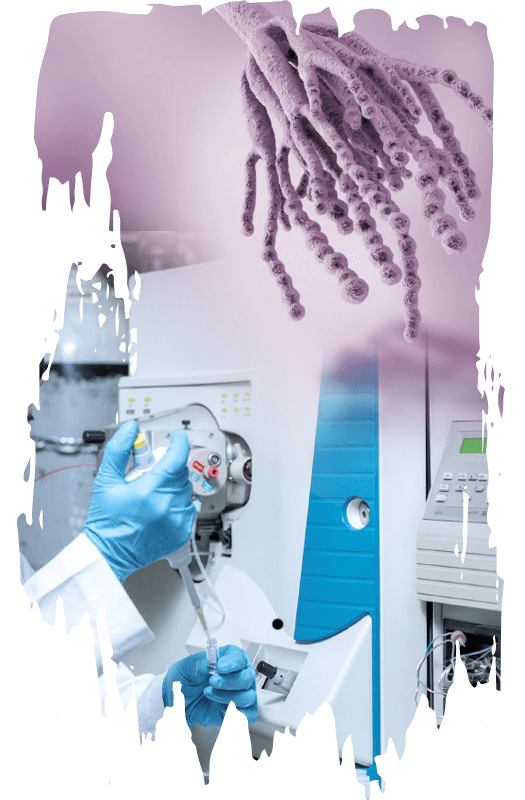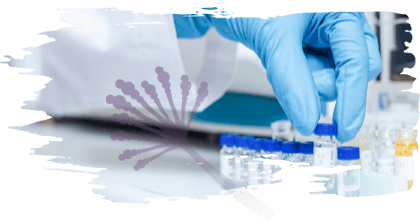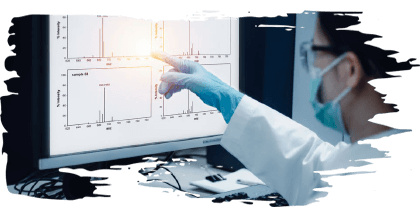OBJECTIVE
![]() This abstract presents a multi-mycotoxin sample preparation and analysis method for EU-regulated and emerging mycotoxins with Agilent 6460c UHPLC-MS/MS.
This abstract presents a multi-mycotoxin sample preparation and analysis method for EU-regulated and emerging mycotoxins with Agilent 6460c UHPLC-MS/MS.
MATERIALS & METHODS
The method is based on “dilute and shoot” principle.
Sample preparation involves:
- 1. Extraction with an organic solvent.
- 2. Centrifugation of the extracts.
- 3. To compensate the matrix effects in electrospray ionization, the extracts are mixed with isotopically labelled internal standards (9) for each group of mycotoxins.
⇰ The addition of the internal standard is performed in the needle of the autosampler, before injection into UHPLC-MS/MS.

Method validation in terms of linearity, selectivity, sensitivity, accuracy, and precision was performed in 8 complex feed matrixes (corn, compound feed, wheat, barley, soya meal, wheat bran, sunflower meal, total mixed ration) to detect 34 mycotoxins:

- ⇰ Aflatoxins B1, B2, G1, and G2
- ⇰ α – zearalenol, β – zearalenol, zearalanone, and zearalenone
- ⇰ Diacetoxyscirpenol
- ⇰ HT-2 toxin and T-2 toxin
- ⇰ Neosolaniol
- ⇰ 3-acetyl deoxynivalenol, 15- acetyl deoxynivalenol, deoxynivalenol, and deoxynivalenol-3-glucoside
- ⇰ Nivalenol
- ⇰ Fumonisins B1, B2, and B3
- ⇰ Fusaric acid
- ⇰ Moniliformin
- ⇰ Fusarenon X
- ⇰ Ochratoxin A
- ⇰ Beauvericin
- ⇰ Enniatins A, A1, B, and B1
- ⇰ Citrinin
- ⇰ Patulin
- ⇰ Ergosine
- ⇰ Ergocryptinine
- ⇰ Alternariol
The limits of quantitation (LOQs) were from 0.05 ngmL-1 to 4 ngmL-1.

RESULTS & CONCLUSIONS
RESULTS & CONCLUSIONS
The recoveries of the 34 mycotoxins spiked in the 8 feed categories were in the range of 65.5%–125.7% after internal standard correction, with relative standard deviations (RSDs) below 15.1%.
 Results showed the robustness of this method for analysis of 34 mycotoxins using LC-MS/MS.
Results showed the robustness of this method for analysis of 34 mycotoxins using LC-MS/MS.

The implementation of effective monitoring programs and stringent legal regulations can significantly contribute to the reduction and carry over of these mycotoxins in food chain.

Autores
Hunor Farkaš, Svetlana Ćujić, Jog Raj, Zdenka Jakovčević, and Marko Vasiljević
PATENT CO, DOO., Vlade Ćetkovića 1A, 24 211, Mišićevo, Serbia
45th Mycotoxin Workshop, June 2–5, 2024, Vienna, Austria




 Micotoxicosis prevention
Micotoxicosis prevention